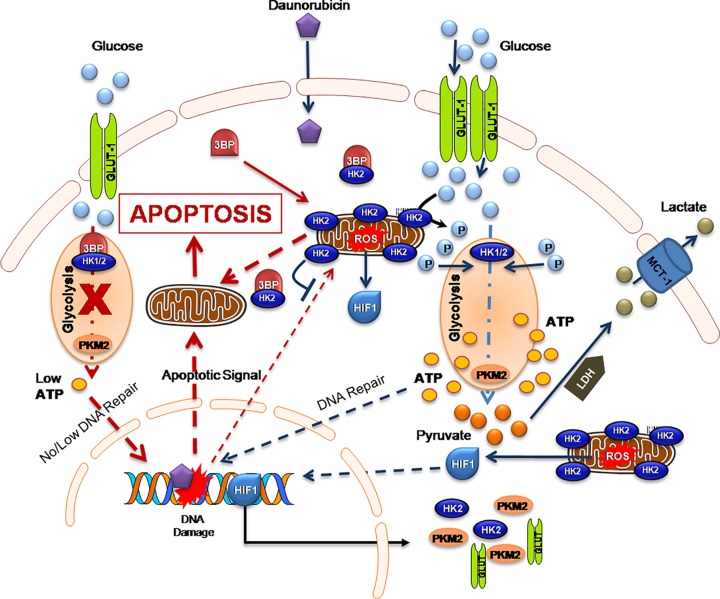Figure 8. The diagram shows BCR-ABL mutation induced Warburg phenotype in Chronic Myeloid Leukemic cells.
Mitochondrial ROS mediated inactivation of prolyl hydroxylase (PHD) results in non-hypoxic stabilization and activation of HIF-1 signaling in leukemic cells [49]. HIF-1 mediated GLUT-1, HK-II and PKM-2 over-expression leads to enhanced rate of glycolysis and high ATP level. The high ATP level facilitates the repair of DNA and other therapy induced macromolecular damage. Moreover, enhanced repair also diminishes the magnitude of DNR-mediated DNA damage-induced apoptosis. This intrinsic apoptotic signal is further inhibited by mitochondrial outer membrane associated with HK-II, thereby leading to therapeutic resistance. Inhibition of HK-II by 3-BP reduces the ATP levels by inhibiting glycolysis thereby, hindering DNA repair, which potentiates the intrinsic apoptotic signal in Warburg cell. Further, it also dissociates the HK-II from mitochondria, which allows the release of apoptotic factors from mitochondria and results in induction of intrinsic apoptosis.

